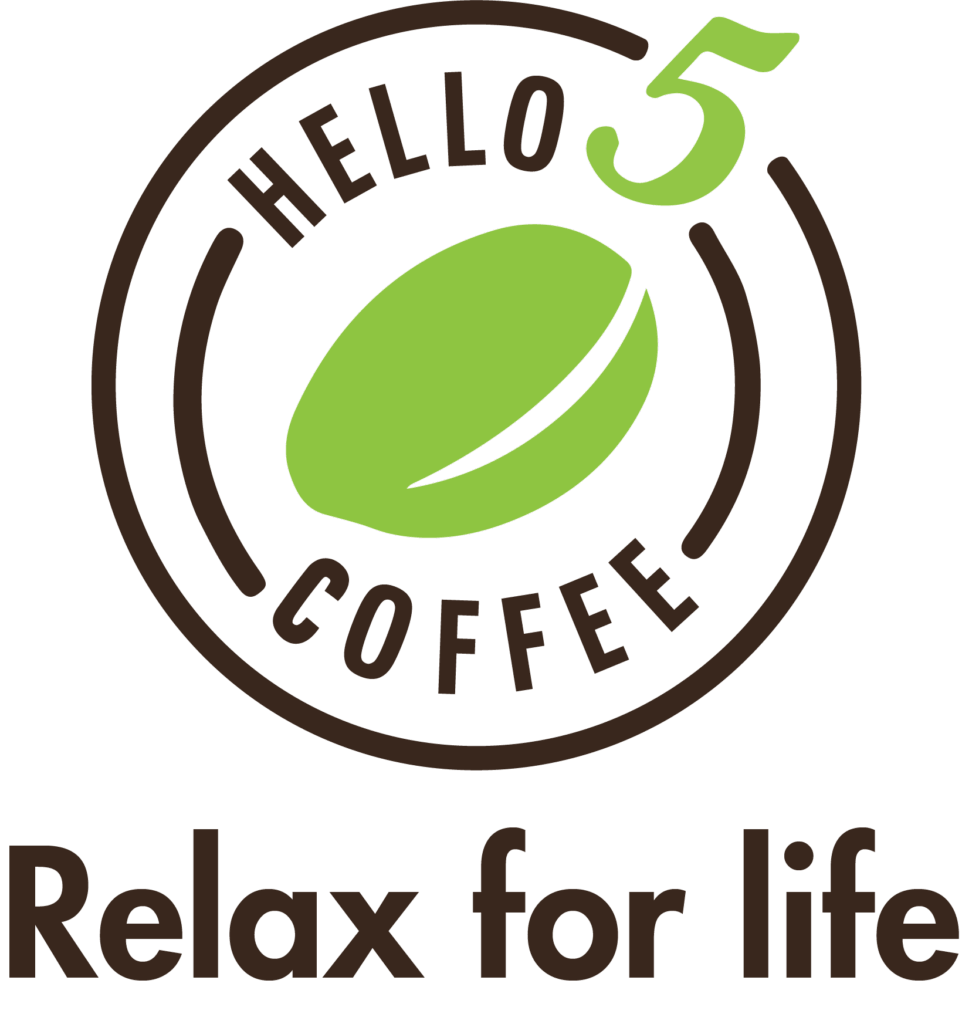Choosing the right OEM partner in Vietnam is a practical business decision — not a leap of faith. Vietnam offers scale, cost advantages and growing processing capacity, but success depends on picking a partner who delivers consistent quality, transparent pricing, and the operational reliability you need. Below is a simple, human-friendly guide with clear headings so you can scan, compare and make a confident choice. Where helpful, I’ll show how Hello 5 Coffee matches real buyer needs.
Why Vietnam deserves a place on your sourcing shortlist
Vietnam is the world’s second-largest coffee producer and has built real capacity in roasting, instant coffee, and private-label production. That means you can source everything from green beans to finished retail SKUs from one country — often at a lower landed cost than other origins. But not every supplier is the same. Your job as a buyer is to find the one that pairs Vietnam’s advantages with real, verifiable capabilities.

Key criteria to evaluate any OEM partner
Below are the practical checks you should run. Think of each heading as a question to ask your prospective supplier.
1. Certifications & regulatory compliance
Ask to see certificates — not screenshots. Important documents include ISO 22000 / FSSC 22000, HACCP, HALAL, FDA registration (for U.S. market), Organic / Rainforest Alliance / Fairtrade where relevant, and up-to-date lab results for pesticide residues. A supplier with real, audited certifications reduces customs friction and shows they take food safety seriously.
Example: Hello 5 Coffee holds HACCP, ISO 22000 and HALAL certifications and can provide full production documentation (B/L, C/O, packing lists) for export markets.
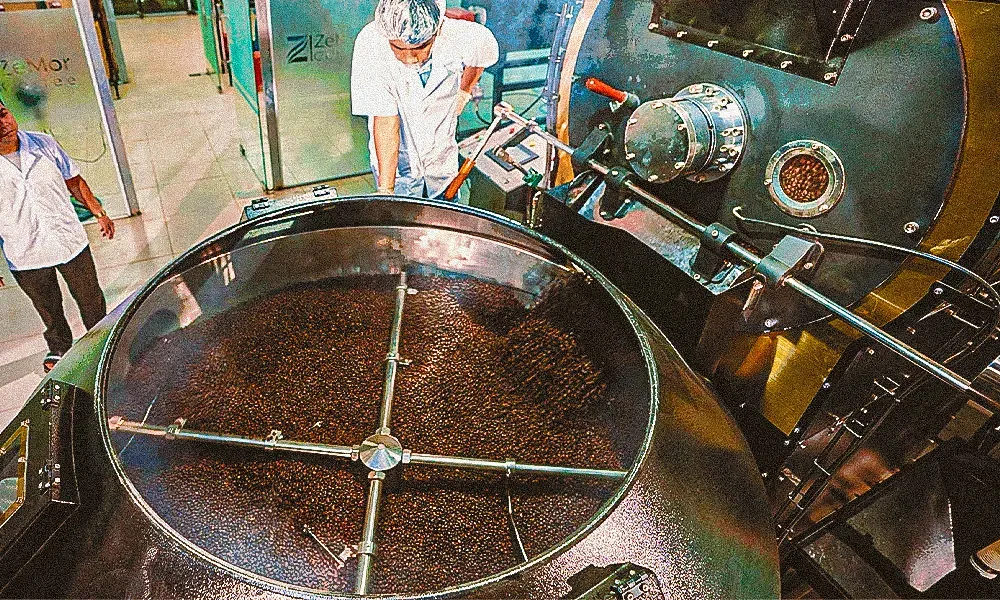
2. Production capacity, technology and product mix
Confirm what they actually make, not what they say they can make. Key capabilities to check: green-bean sourcing, wet/honey processing, roasting lines (drum/air), instant coffee production, capsule filling, and flexible packing (valve bags, zipper pouches, tins). Ask for pictures/videos of lines and for references of brands they already OEM for.
Example: Hello 5 Coffee operates two factories with combined capacity around 150 tons/month, full roasting and packaging lines, and in-house design and print services.
3. Quality control, cup consistency and traceability
Good OEMs test at every stage: green grading, moisture control, roast logs, and batch cuppings. Require the supplier to show traceability so a finished batch can be traced back to farm or cooperative. Always do pre-shipment cuppings.
Example: Hello 5 Coffee sources from its own farms and partner cooperatives, offers lot-by-lot traceability, and supports sample cuppings and adjustments before scaling.
4. MOQ, pricing transparency and landed cost
Clarify real minimums: sample MOQ vs retail SKU MOQ vs green-bean MOQ. Get a full landed cost: FOB, packaging, QA tests, inland logistics, and an estimate for shipping/insurance. Beware of low FOBs that hide packaging or certification costs.
Indicative reference (Hello 5 Coffee): roasted Arabica ~ $9–11/kg (min. 100 kg), Robusta roasted ~ $5–6.5/kg, green Arabica ~ $4.5–5.5/kg (min. 300 kg), standard packaging ~ $0.25–0.35 per bag. These are reference prices — always request a formal quote.
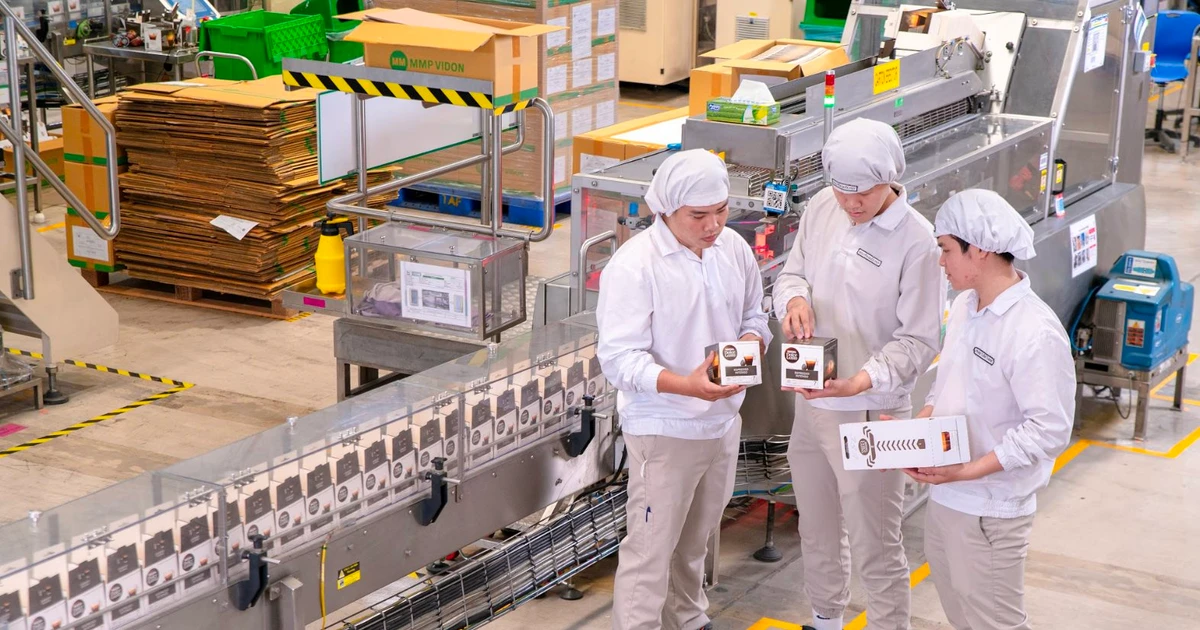
5. Lead times and scheduling reliability
Ask how long a pilot takes, the lead time for repeat orders, and whether they can reserve capacity. A good partner will give firm lead times (e.g., 10–15 days for some SKUs) and options for buffer stock or priority production.
6. Packaging, labeling and regulatory support
Can they design and print your packaging? Do they handle barcode generation, label language, expiry dating and local regulatory declarations? These services save time and reduce rework.
Note: Hello 5 Coffee offers packaging design, printing support and multiple material options (kraft, matte, glossy; valve or zipper bags in 250g/500g/1kg).
7. R&D, sample support and co-development
If you want a signature blend or roast profile, choose a partner that invests in R&D and helps you develop prototypes, cupping sessions and shelf-life testing.
Example: Hello 5 Coffee helps create custom blends across Arabica, Robusta and Culi beans and offers roast level options from light to dark.
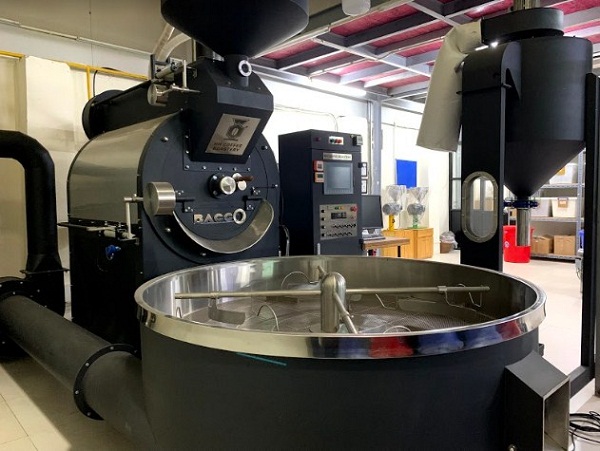
8. Sustainability, farmer programs and ESG
If your customers care about sustainability, insist on evidence: Rainforest Alliance, Organic, farmer support programs, or a clear traceability system. Buyers who invest in farmer programs often secure better quality and supply stability.
Example: Hello 5 Coffee sources from its own farms in Cau Dat and Buon Me Thuot, works with local farmers, and offers traceable, certified lots.
9. Legal protections and contract terms
Protect recipes and IP with NDAs and contract clauses. Confirm who owns formulas and artwork, set QC acceptance criteria, rejection procedures, and price-adjustment rules for commodity swings.
10. Financial stability and references
Ask for bank references, years in business, and at least two client references (export customers). Speaking with current clients reveals how the supplier handles quality drift, lead-time changes and problems.
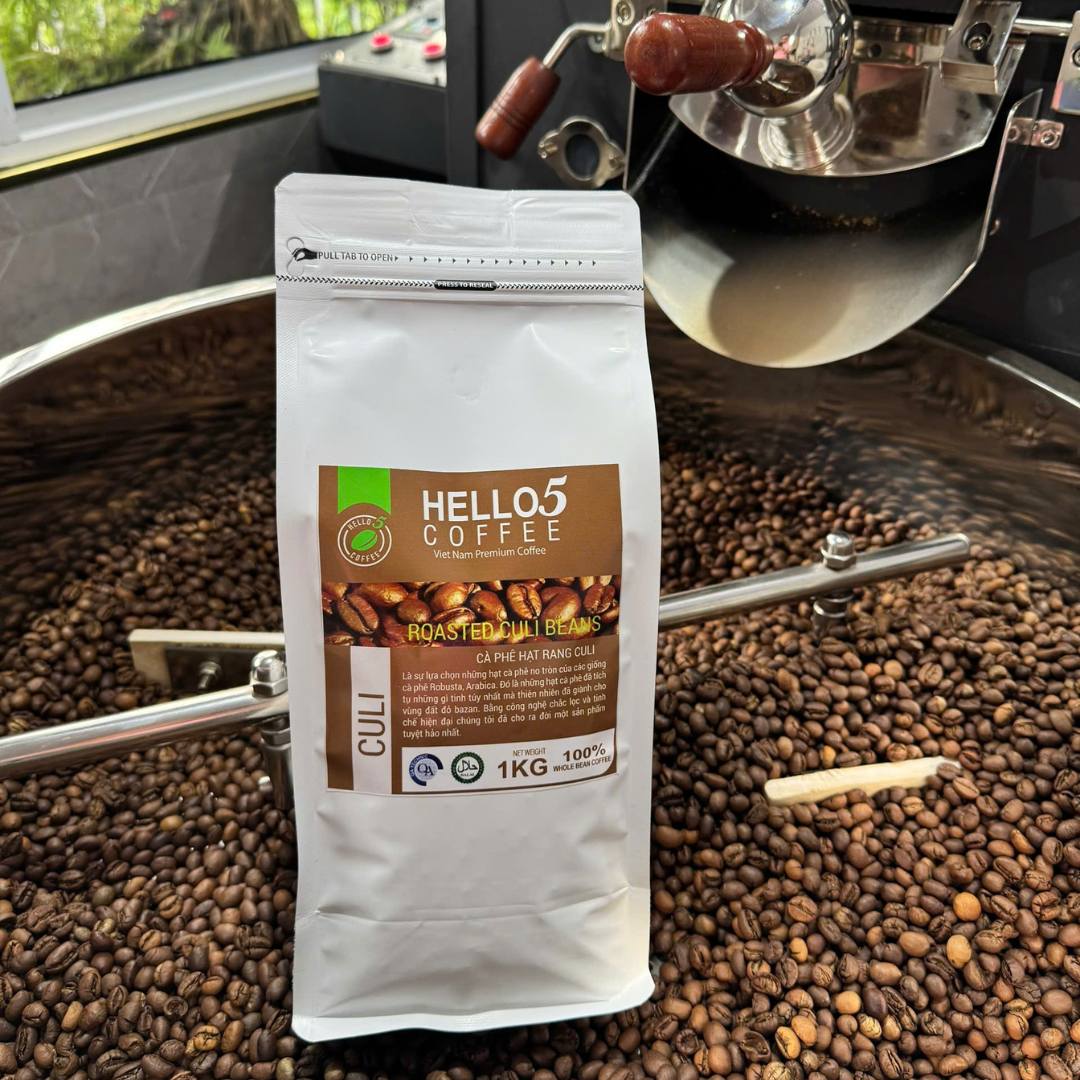
Read more: Best Private label & OEM coffee supplier for your brand
Practical vetting checklist — step by step
- Shortlist 6–8 candidates from trade shows, trade associations and referrals.
- Paper screen: request company profile, certificates, MOQs, lead times and client references.
- NDA & sampling: sign NDA, pay for courier samples, run cupping and lab tests.
- Remote + in-person audit: remote video tour first; for finalists, do an on-site audit or hire a 3rd-party inspector.
- Pilot order: small paid pilot to validate packaging, QC and market response.
- Contract: include KPIs, acceptance protocol, IP protection and price adjustment clauses.
- Scale with monitoring: regular cuppings and periodic audits.
Tip: Hello 5 Coffee follows a clear 6-step process from requirement exchange to inspection and delivery, and allows sample adjustments before production.
Red flags to watch for
- Certificates shown only as screenshots or refused entirely.
- No lot-level traceability or vague origin answers.
- Samples inconsistent between batches.
- Very low FOB but hidden packaging or testing fees.
- Unwillingness to permit third-party audits.
If you see these signs, slow down — the cost of fixing repeated quality failures is far higher than taking time to vet properly.
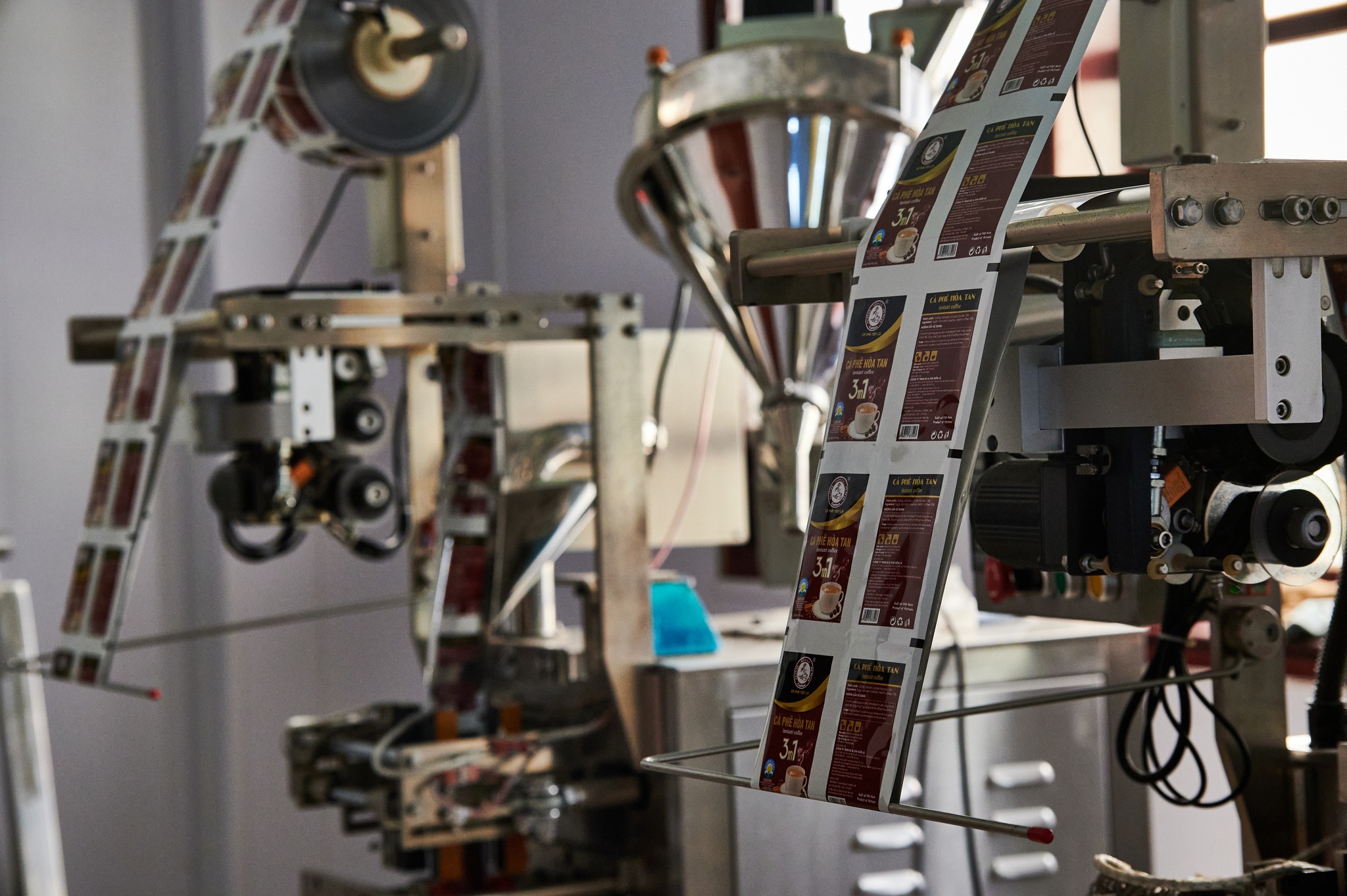
Timeline & what to budget for
- Samples & lab tests: 2–4 weeks (plus courier).
- Pilot production: 4–10 weeks depending on SKU (roast & pack faster than instant).
- Scale & reliable lead times: 3–6 months to stabilize.
Budget extra for packaging setup, label approvals, certification transfers and initial safety stock.
How Hello 5 Coffee can simplify your path
If you want a practical example of an OEM partner that aligns with the checklist above, Hello 5 Coffee is designed around that buyer journey:
- Comprehensive services: Green-bean sourcing, wet/honey processing, roasting (light to dark), custom blends, instant processing and private-label packaging.
- Traceable supply: Own farms in Cau Dat (Da Lat) and Buon Me Thuot (Dak Lak), with partner farms to guarantee annual supply.
- Flexible MOQ & fast lead times: Low MOQs (from about 50–100 kg for some items), and typical lead times as short as 10–15 days for certain SKUs.
- Modern factories & certification: Two factories, combined capacity ~150 tons/month, with HACCP, ISO 22000 and HALAL.
- Blend & roast expertise: Ready-to-use blend examples (e.g., Energy 30% Arabica / 70% Robusta; Royal 70/30; Mondo 80/20) and custom formulation support.
- Packaging & design support: Options for 250g/500g/1kg in kraft, matte or glossy finishes, valve or zipper bags, and full design/printing services.
- Reference pricing: Indicative FOB ranges (roasted Arabica ~$9–11/kg; roasted Robusta ~$5–6.5/kg; standard packaging ~$0.25–0.35/bag) to help you build a landed-cost model.
Hello 5 Coffee also provides a clear ordering process: requirement exchange → sample creation → sample approval → production → inspection → delivery. They refund sample fees if samples fail to meet agreed standards, which reduces early-stage risk for buyers.
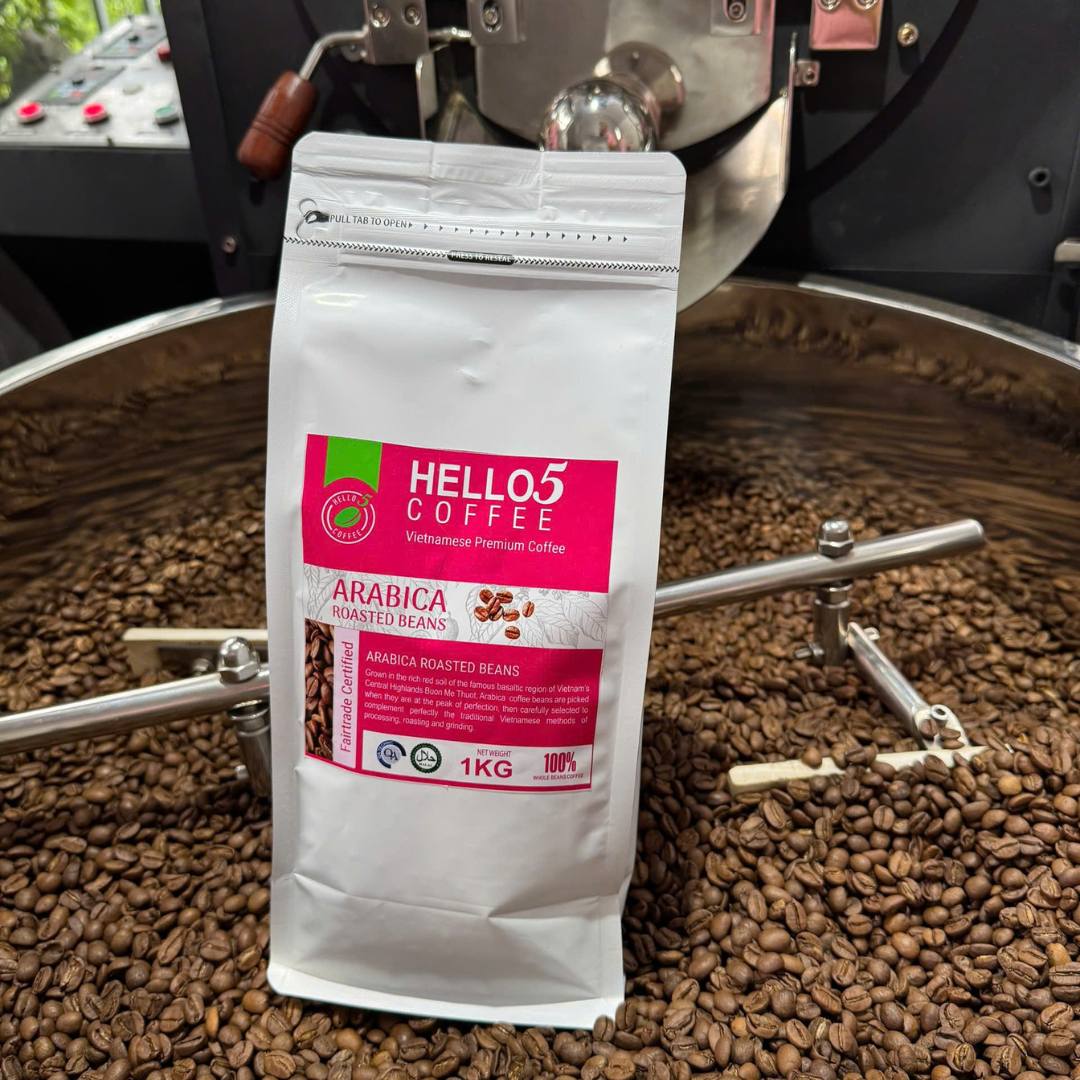
Final tips — negotiate smart, not hard
- Start with a pilot and small MOQ, then ramp up after successful market testing.
- Insist on an acceptance protocol with defined cup score and physical tolerances.
- Consider co-investing in farmer training or processing if you need long-term, specialty consistency.
- Use blended sourcing: use Vietnam for high-volume Robusta and mix in other origins for Arabica depth.
- Leverage FTAs: processed coffee from Vietnam can have tariff advantages into some markets — use that when pricing SKUs.
Wrap-up & how to start
Vietnam offers a compelling mix of cost, capacity and growing quality. But the difference between a supplier and a partner is in the details: certifications, traceability, QC systems and a willingness to co-develop products. If you want a partner that can take you from sample to shelf with clear processes, traceable beans, flexible packaging and realistic MOQs, Hello 5 Coffee is set up to help brands launch quickly and scale sustainably.
